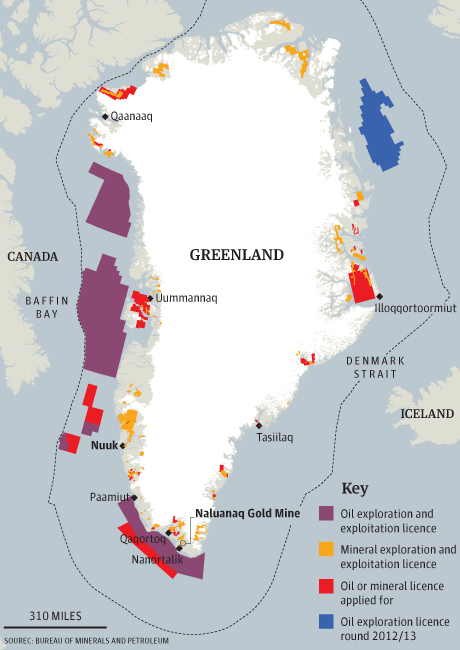New cure for cell phone carcinoma?Sydney, Australia, 29 April 2050: Australian researchers at the University of New South Wales claim to have identified a potential cure for the most widespread form of cancer, commonly dubbed Cell Phone Carcinoma.
Cell phone carcinoma is the leading cause of death in 70-90 year olds, who were exposed to dangerous radiation from early mobile telephone handsets before the link between these handsets and brain tumour development was proven.
The new technique involves the implantation on the skull of a subdermal patch containing anti-cancer agent interleukin IIIc, which provides a constant supply of interleukin to the site of cell phone carcinoma, in the temporal lobes.
"This is the first time interleukin has been delivered via a continuous flow subdermal deposit," said Doctor Ellen Chan, of the University of NSW Oncology Research Division.
"Our early results are so promising we stopped the study as it would have been unethical not to offer the therapy to all participants."
The five year study was only in its third year. Subdermal interleukin was given to half of the 400 participants, while a placebo patch was given to the other half. All participants were in the 75-80 year old age group, and assessed to be at high risk of developing cell phone carcinoma.
"In the interleukin group only one patient developed cell phone carcinoma in the first three years, but in the control group using placebo, 15 patients have now developed the disease," Dr Chan said.
Third major breakthrough from government facilityIf proven in further clinical trials, this will be the third major breakthrough in ten years to come out of the Australian Government's National Health and Medical Research Program (NHMRP).
Two others included the development in 2035 of a vaccine against diabetes, and the cholesterol neutralising agent Profactum, released in 2043. The program has produced numerous other minor improvements to existing therapies, most notably in the area of HIV and AIDS.
The NHMRP was the Australian Government's response to the decision by big pharma to cease all clinical research in Australia, following mandatory price reductions on prescription medicines in Australia.
The Government diverted a large part of its defence and foreign aid budgets to medical research, focused on specific health priorities which would benefit both Australia and the developing world.
"We will approach medical research like the Chinese approached the Mission to Mars," said the then Australian Health Minister, Troy Barnaby. "With single minded determination and a bloody minded will to win."
Diabetes was the first priority identified, and all research resources nationally were devoted to identifying the most promising drug candidates, and attracting the leading researchers to Australia. When a diabetes vaccine was developed to halt the body's own destruction of pancreatic cells, the research was made available free of charge to other governments under a philosophy borrowed from technology, 'open source science'.
"When insulin for diabetes was discovered by Banting and Best in Canada they didn't patent it and sell it only to the wealthy of North America. They invited European and American researchers to work with them to spread their discovery to the four corners of the world and we want to return to that model," said the international coordinator of the diabetes vaccine program in 2035, Dr Ji Nan Hsu.
The open source science model has now been adopted by all major developed nations, with China the most successful in developing breakthrough medical discoveries to date, most recently including targeted gene therapies to halt the onset and progresson of multiple sclerosis and alzheimers disease. The first and most famous breakthrough to emerge from China's focused research program was in vitro spinal cord regeneration allowing the reversal of para and quadriplegia.
Drug companies which have tried to patent and market variations of open source therapies under their own labels have been blocked in court or locked out of hospitals throughout the world.






